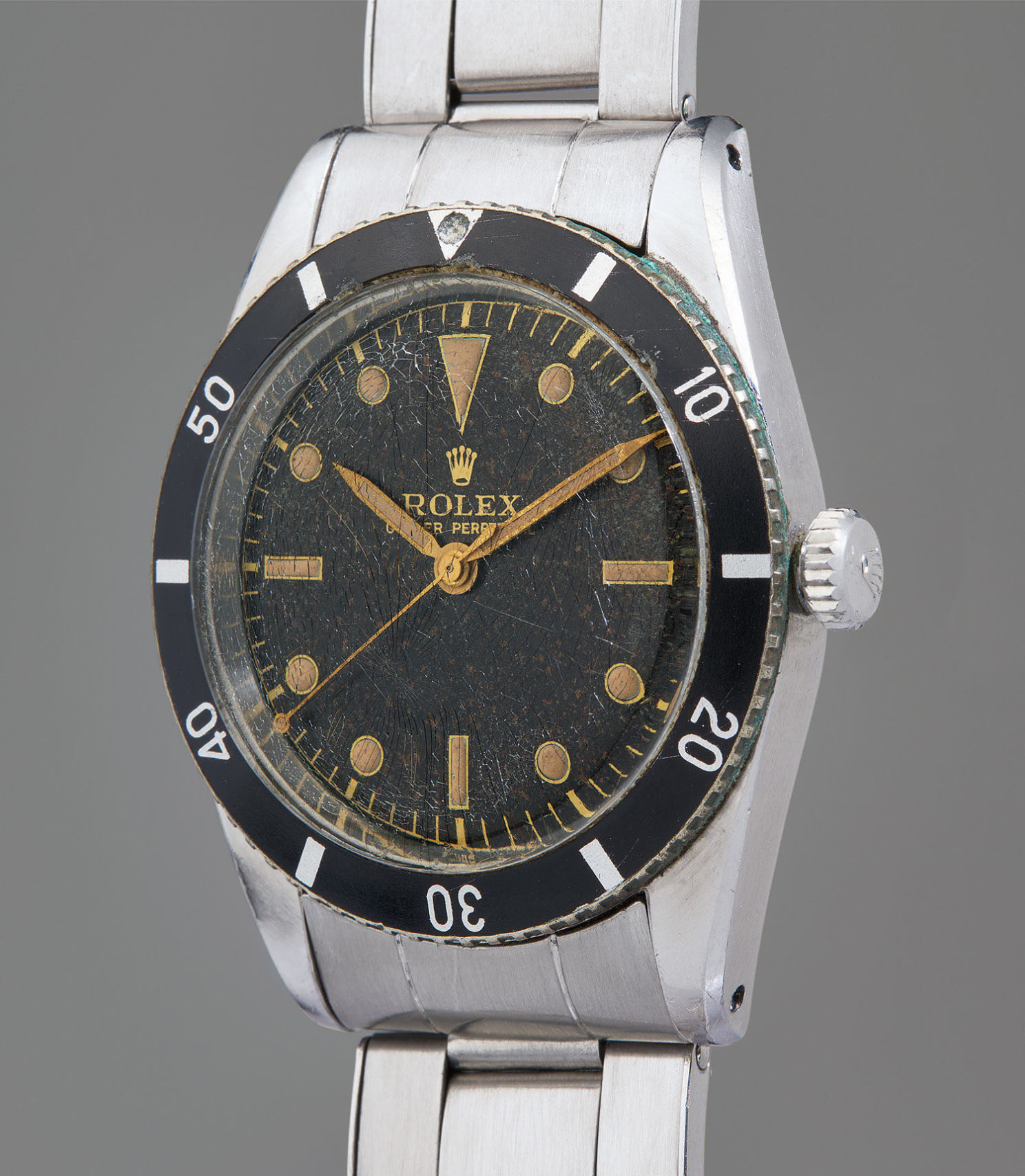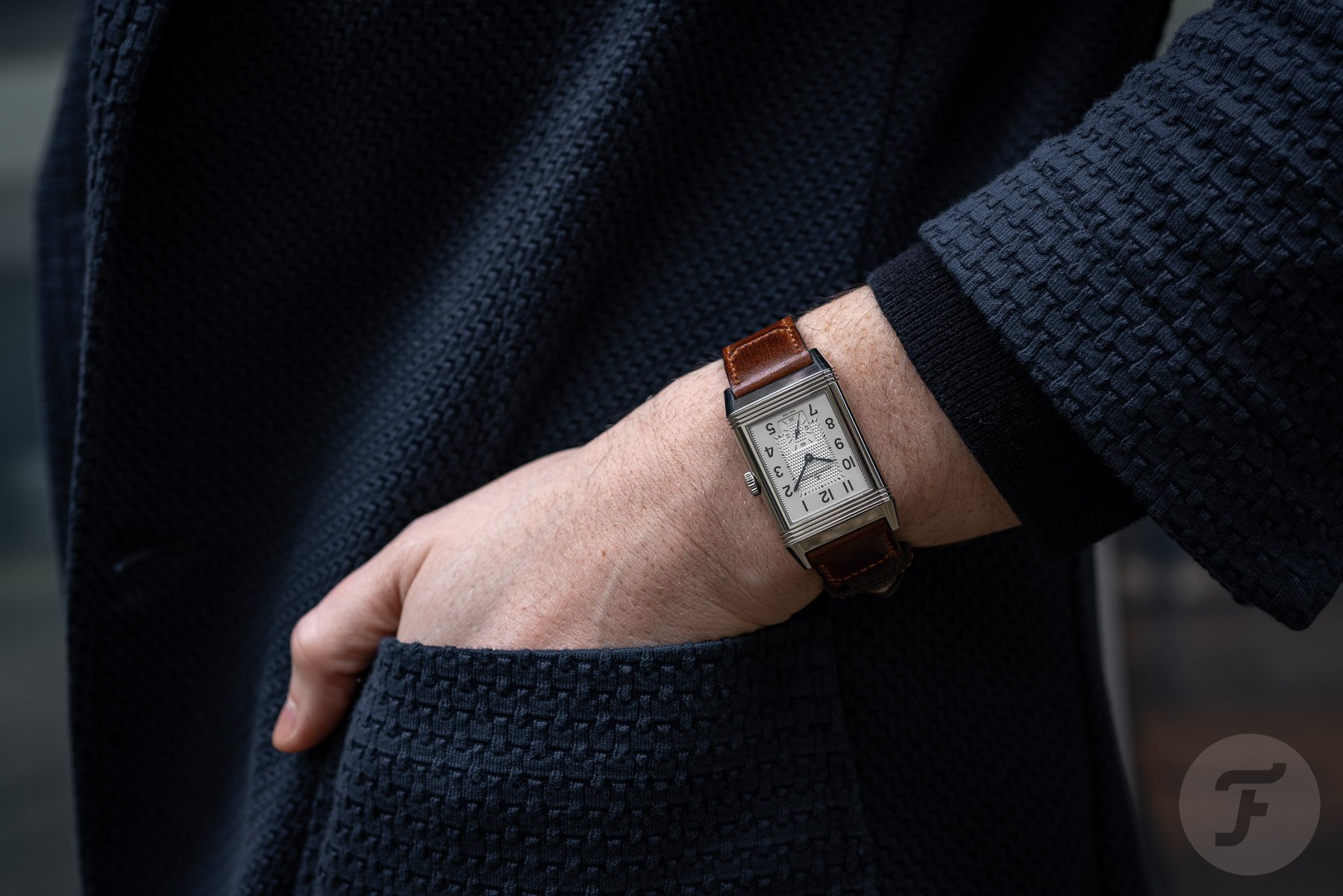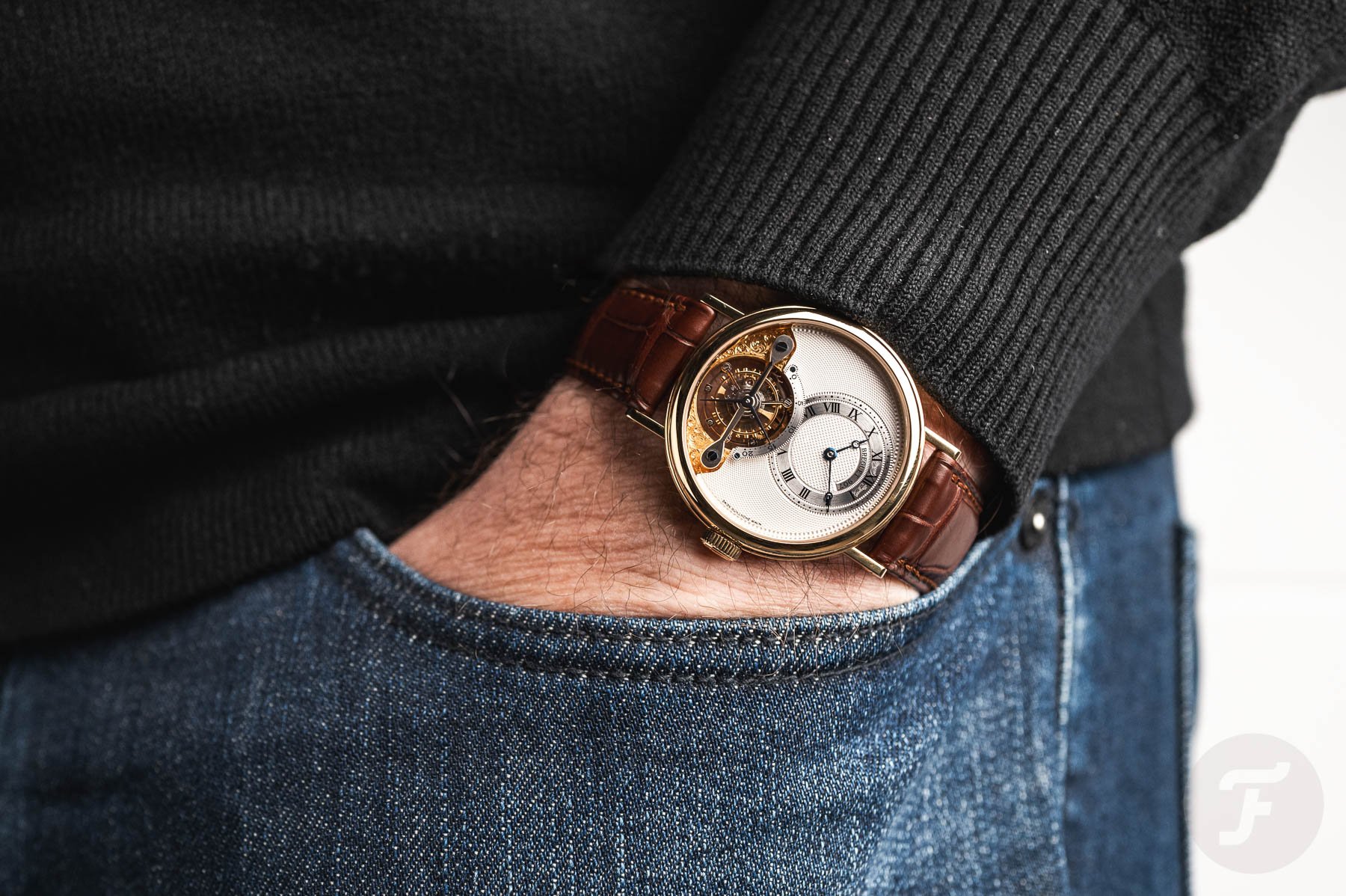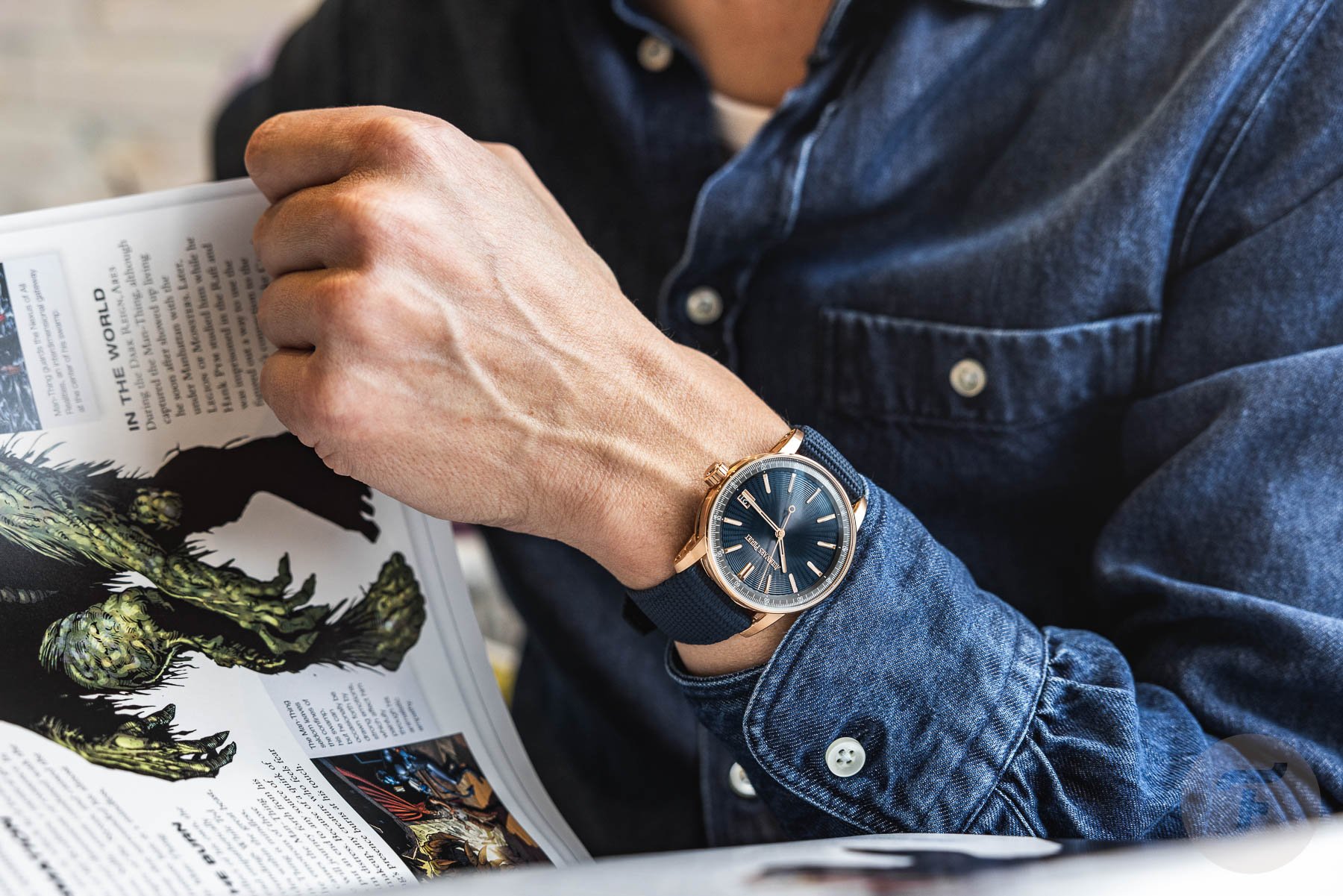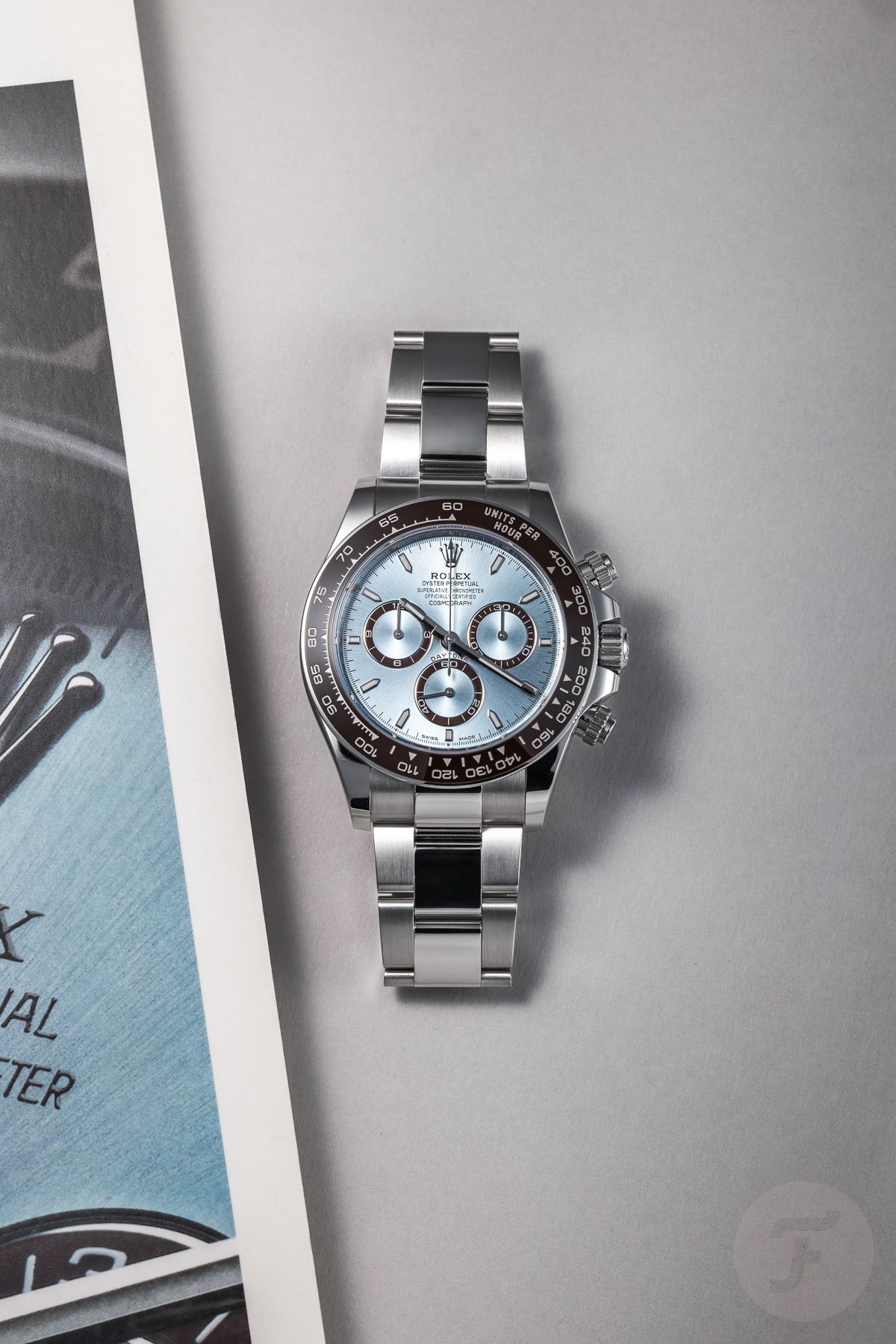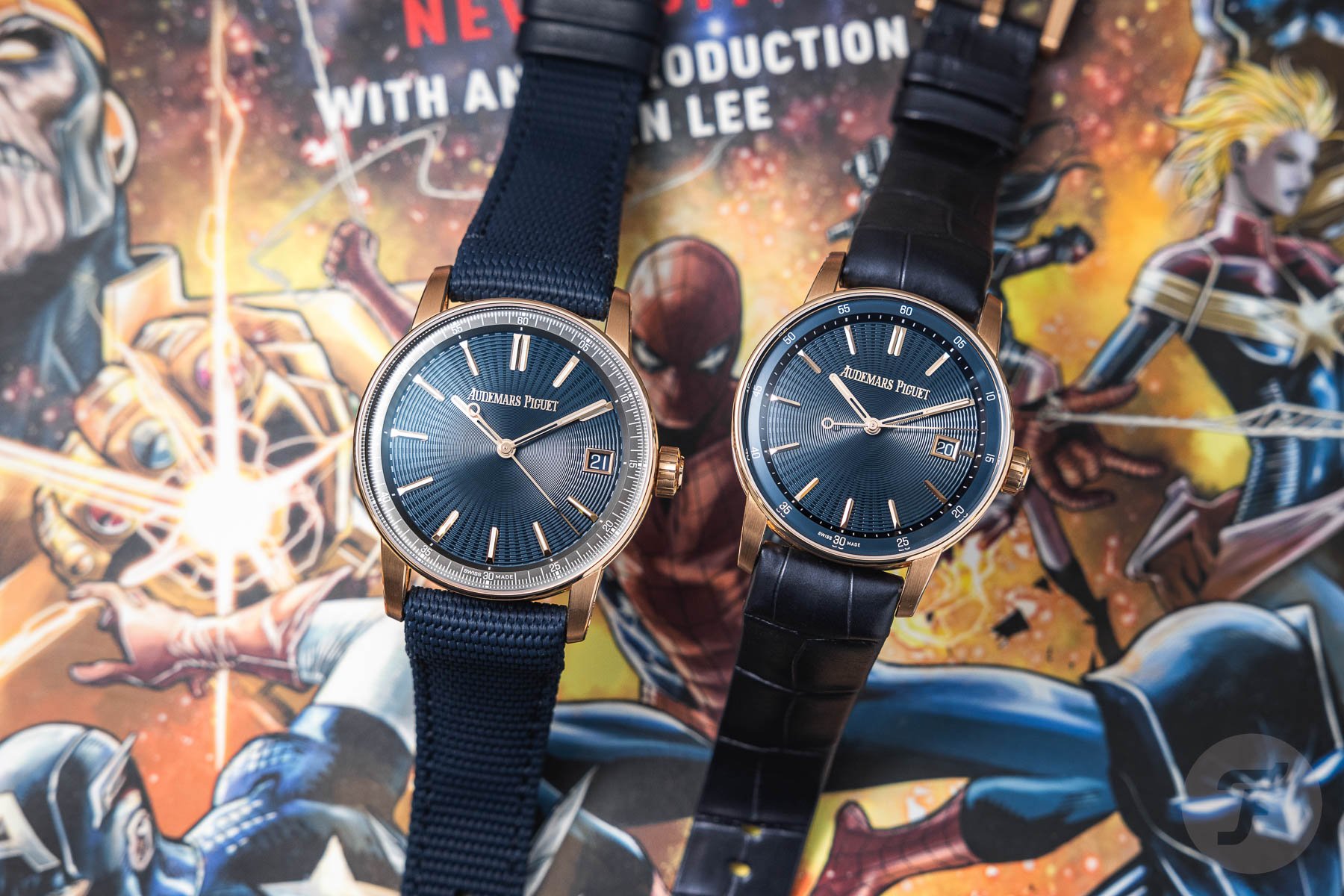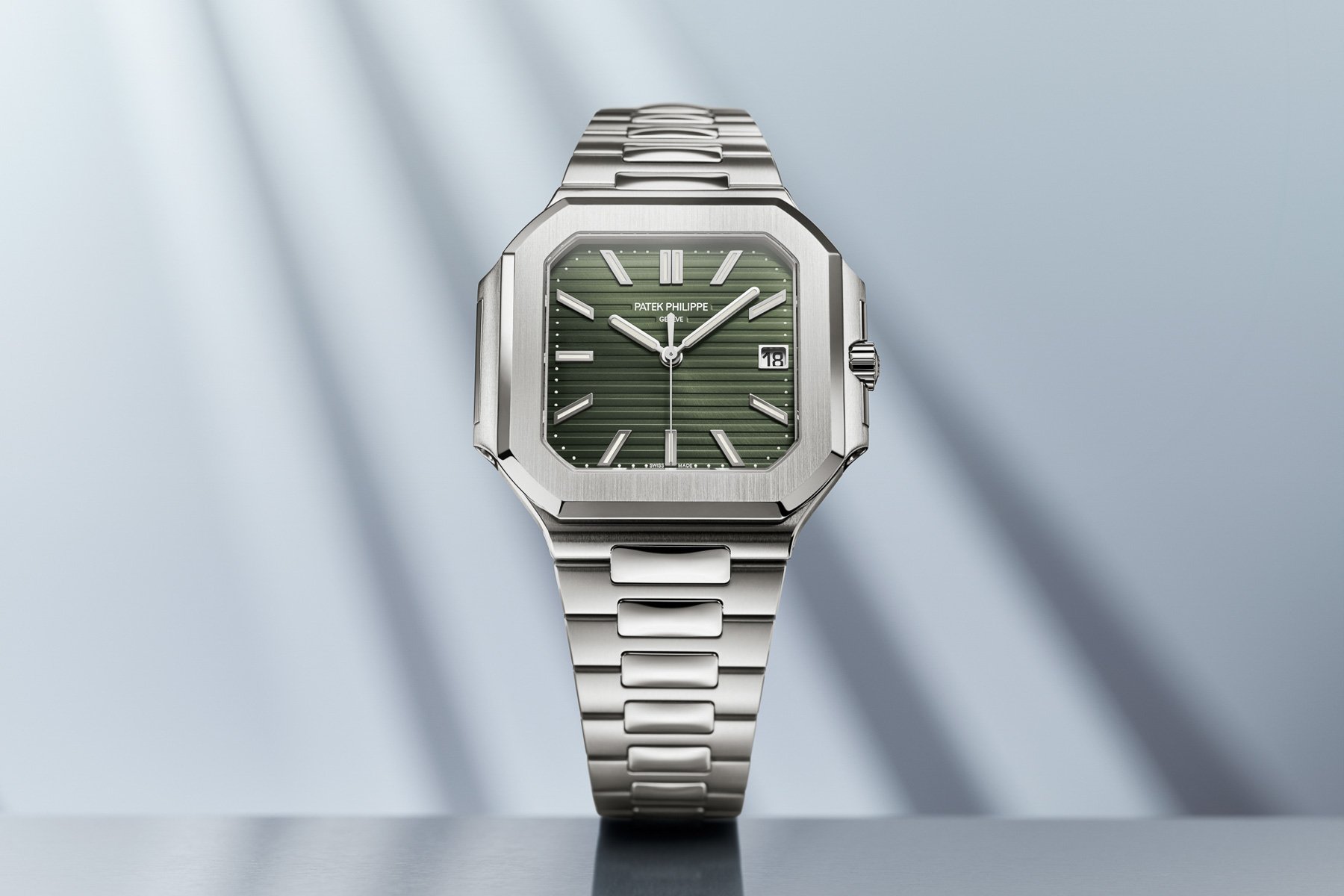Can We Even Be Pleasantly Surprised By New Watches Anymore?
Watch brands are on a high-paced treadmill to constantly release new watches. In fact, most brands release several new models every single year. Why? “To remain relevant” is an often-heard explanation. Or it could be to provide a constant stimulus to drive sales. Could this be why most new watches receive lukewarm responses from the enthusiast community? Could there just be too many? Or is something else at play?
Patek Philippe had not released a new collection for 25 years, although, admittedly, the brand launched plenty of watches in the meantime. Now the new Cubitus faces a, let’s say, mixed reaction from the community, so much so that it has seen Patek’s CEO lashing out, undoubtedly disappointed that his next sales hit isn’t getting applause from the enthusiast audience. In this article, I would like to explore if the deck may be stacked against brands. Could there be powers at play that make a lukewarm reception more likely than applause?
Innovation paradox and how it applies to new watches
The term “innovation paradox” probably sounds familiar. However, it has several different meanings, a few of which I will go into here. Let me start with the paradox of how innovation is perceived. Truly new things are often not very well adapted for practical applications. Therefore, we respond with indifference when we see something fringe. “Nice but irrelevant” is our instinctive reaction. Then, the new thing slowly develops into something relevant. By the time it is ready to enter our daily lives, it no longer impresses us. “Ah, yeah, that has been around for ages.”
Think of virtual reality (VR) technology, for instance. When I first tried it well over a decade ago, the wow factor was meager at best. The virtual view through a clumsily big headset was heavily pixelated, and the delays were such that I got sick after two minutes. We are still quite a ways from mass adoption and relevance, but by the time that comes around, I will, again, be unimpressed — “That’s not new, I tried that years ago!” The paradox, then, is that innovations rarely feel innovative as they move from premature to familiar.
I think this applies to watch design too. Avant-garde watches are often perceived as contrived and needlessly complicated. On the other hand, classically designed new watches tend to feel stale and repetitive. Very few designers succeed in marrying the two. Ideally, a new design is classical enough to be pleasing to the eye yet innovative enough to have a bit of an edge and, thereby, relevance. Add to this the fact that this crossover point depends on the beholder’s experience and taste too, and you have an extremely tough nut to crack.
Other innovation paradoxes affect big brands
This is not the only definition of innovation paradox. The next one is even a bit more widely recognized. This paradox describes how companies tend to feel the need for innovation at precisely the wrong time. Ideally, one would push the boundaries when things are going well to ensure lasting success. Instead, most businesses tend to lean back and focus on the defense when things are on the up and up.
What moves did big watch brands make during the COVID-fueled boom market? They upped production, boosted prices, and pulled out of multi-brand stores in favor of brand boutiques. Did they develop radical new technology and genre-bending new designs? Not so much, right?
Interestingly, studies show that bigger brands get more defensive and focus on keeping competition at bay instead of innovating as they grow. Even worse, it turns out that innovators also become less innovative when they go to work for bigger companies. The more established a company becomes, the less innovative it stays.
Heritage gets in the way of impressive new watches
The above is amplified by the watch community’s obsession with heritage and status. When small, new brands do something new, many potential buyers shrug their shoulders. They don’t feel comfortable buying from a micro/independent brand. Those watches lack social status and come with some uncertainties. Watches from big, recognizable, and preferably old brands make a bigger impression on friends and are probably easier to get serviced.
But those brands aren’t only less equipped to do original stuff but also incentivized against it. If your brand made an iconic watch 80 years ago, you don’t go around messing with it. You keep selling it for as long as you possibly can. It doesn’t help that the big boys often have to report to shareholders, while smaller companies just do as they see fit.
Patek Philippe and Audemars Piguet are prime examples of both sides of the coin. When the latter launched the Code 11:59, it was just too odd, too contrived, and too different from the brand’s traditional work. AP’s heritage — and the expectations that come with it — got in the way. When Patek launched the Cubitus, it was just too similar to previous watches. These are contrasting efforts leading to the same underwhelmed response from the community.
The initial response to new watches does not determine their fate
When you drop new watches every other month, the initial response tends to get overvalued. Often, things take a little time to settle. The mere exposure effect starts to work in your favor. The fact that people see your design repeatedly tends to warm them up to it.
AP’s Code 11:59 is, again, a good example. It got booed off the stage upon launch, but you can see opinions shifting now. On the one end, consumers get used to the design language. On the other, AP slowly refines and settles into it too. The latest releases in the line tend to be met with much greater appreciation.
It would certainly not be the first watch to do better than its initial reception suggested. Indeed, many of the industry icons we revere today started as critical and/or commercial failures. I can see the same future for the Cubitus. It will sell regardless of how it was received, for sure. It will appear on celebrities’ wrists, and it will see new variations, including subtler sizes. Give it a few years, and I guess that much of the cynicism will fade away. Whether that is justified or not is up to you, but I do expect it to happen.
Closing thoughts
Too contrived, too derivative, too complicated, too simple, too big, too small, too different, too me-too… As a watch brand, how do you prevent such reactions to your new watches? Well, you could dial down the fanfare, perhaps. Your new watch isn’t God’s next great gift to humanity. Alternatively, you could slow down the release cycle somewhat to leave a little more room for innovation.
Alternatively, you could just take it on the chin. Quite simply, it is extremely hard to design watches that will be met with critical, public, and commercial acclaim. Even the greatest designers and the greatest brands do not have a reliable winning recipe. Luckily, the initial response does not determine a new watch’s long-term success. Who knows which of today’s black sheep are tomorrow’s hottest collectibles? After all, we watch enthusiasts are a fickle bunch.
What do you think of the innovation paradoxes in watch design? Let us know in the comments below!

